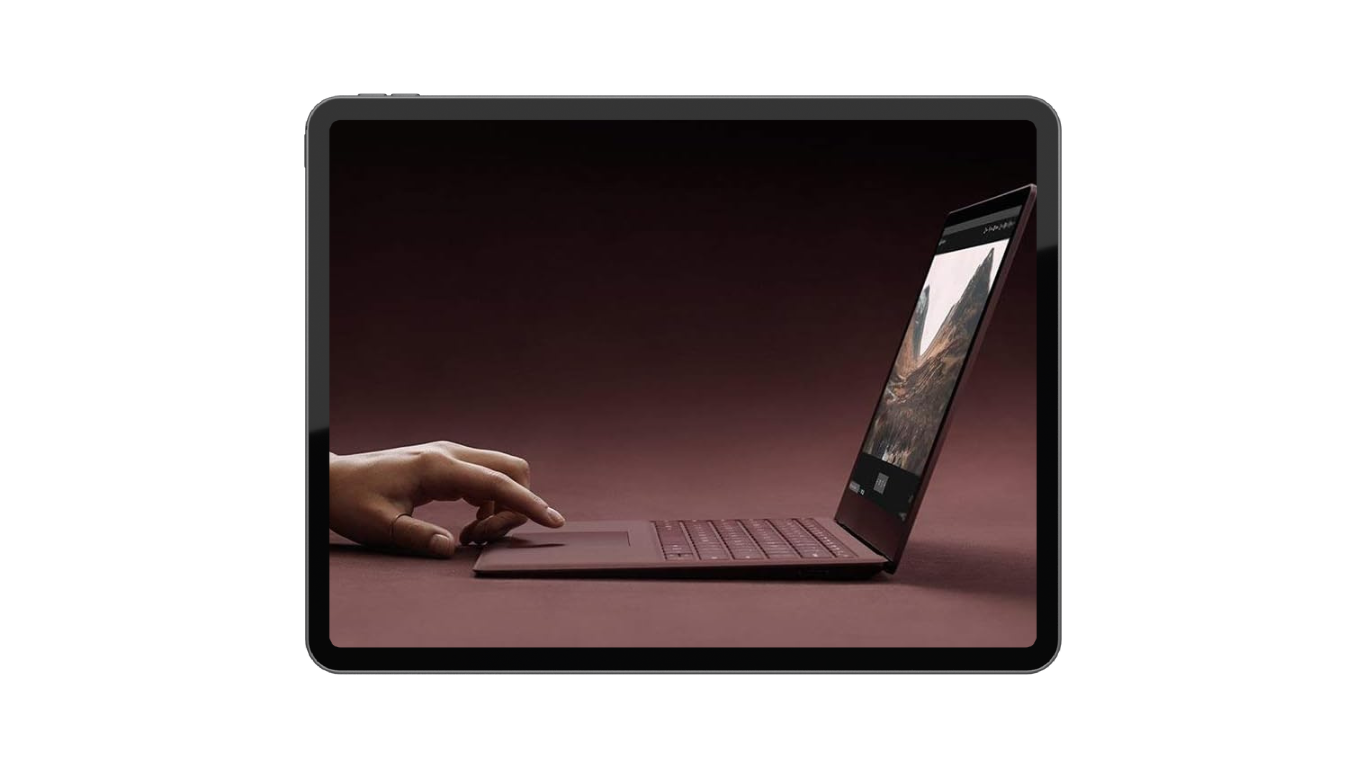Windows Surface Laptop - 4 Years of Sweat
4 years ago, I purchased my first Windows Surface laptop after being let down by Acer, Dell, and Samsung PCs over the past decade.

It's been 4 years.
4 years ago, I purchased my first Windows Surface laptop after being let down by Acer, Dell, and Samsung PCs over the past decade. The other laptops started giving me problems after the 2 year mark with overheating, lid detachment, and/or battery degradation.
To be fair, I am tough on laptops. Long hours of code compilation, video conversion, image editing, and database stress testing will stress any computer.
Despite my challenging tasks, the Windows Surface laptop is still kicking. But I do get a warning message about my Windows 11 upgrade; which is strange. So I decided to write this review BEFORE any serious problems start to emerge.

Smooth Design
The Microsoft Surface has carved a niche with its sleek design, powerful performance, and tight integration with Windows. The Surface thrives as a powerhouse ideal for professionals, students, and creatives. It works well and it looks good while doing it.
The Surface i7 immediately impressed me with its high-quality design and craftsmanship. Encased in an elegant aluminum body, the laptop screams high quality while staying surprisingly lightweight. It looks heavier than it actually is (about 3 pounds), which is great for people who work on the go. The burgundy keys and textured cover present an aesthetic that appears professional in any setting.
With laptops, 13 inches is the perfect screen size for me. It's large enough to code on but small enough to carry in my backpack with no issues. The vibrant 13.5-inch PixelSense touchscreen display has a resolution of 2256 x 1504 that offers sharp visuals that are more than sufficient. The display's color and brightness are excellent, making it suitable for photo/video editing; which I do a few times a week.

Do Work
Under the hood, the Surface i7 handles multitasking well enough, runs my complex software, and manages multiple browser tabs and applications simultaneously. The bundled 16GB of RAM is enough to keep things smooth and responsive, even under heavy loads.
Remember that this laptop is not designed for high-end gaming but it handles everyday tasks and photo/video editing efficiently.
In terms of connectivity, the Surface i7 includes a USB-C port, a USB-A port, a Surface Connect port, and a headphone jack. While it covers the basics, some users might find the lack of additional ports, such as Thunderbolt 4, limiting. However, the available ports are sufficient for most everyday needs and can be expanded with adapters if necessary.

Cons
The Surface is marketed as having a battery that will last "all-day". With my workload, I never last half a day on a full charge. But it does charge very fast with the bundled charger. I'd recommend a battery pack to ensure that you can work longer without interruption. I use the INIU 140W power bank.
Another (recent) con has been a warning message regarding upgrading to Windows 11. The machine far surpasses the technical specifications for Windows 11 but the OS still gives me the "upgrade incompatible" message. Strange.
One More Year
The Surface i7 has served me very well over the years with its high-performance, stylish looks, and portability. But I will start my search for a new laptop within the next year; mostly because of how dirty it has become + charging via USB-C would be nice.
Surely, my next laptop will be another Windows Surface.
Specs
Intel i7-7660U CPU @ 2.50 GHz x64
16.0 GB RAM running Windows 10 Pro
Pen and touch Pen and touch support with 10 touch points